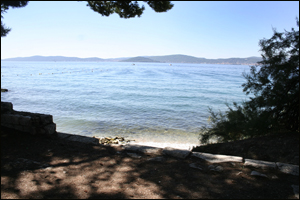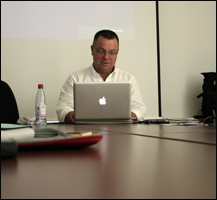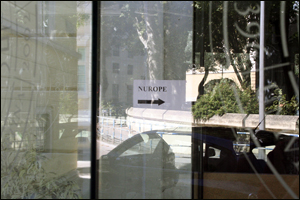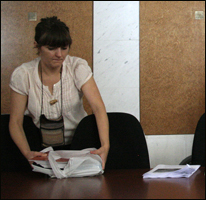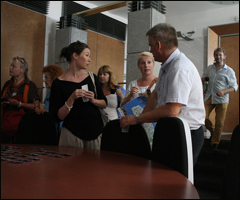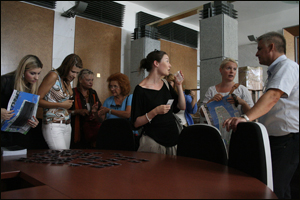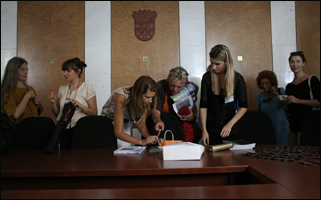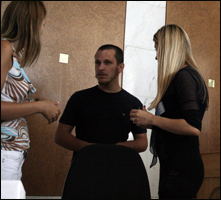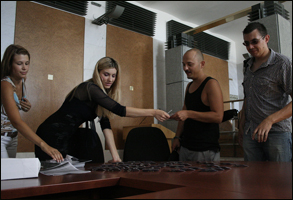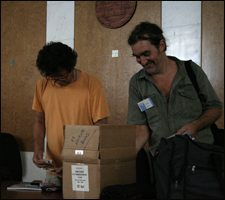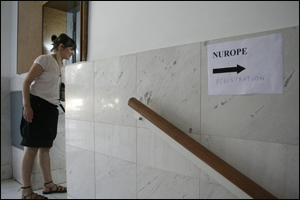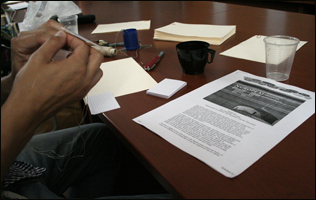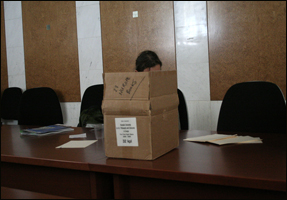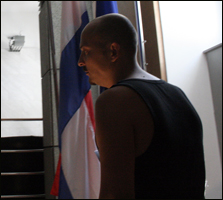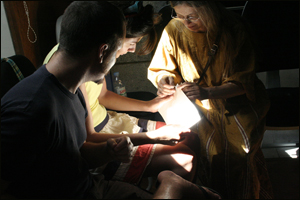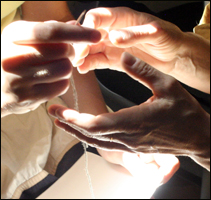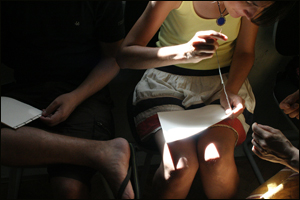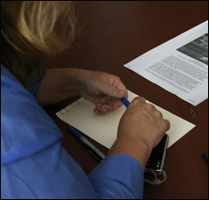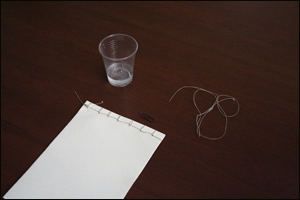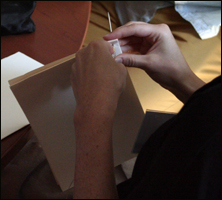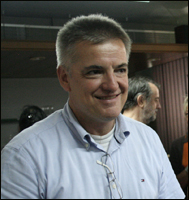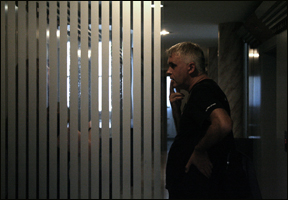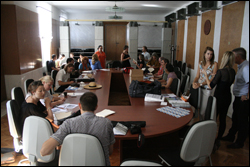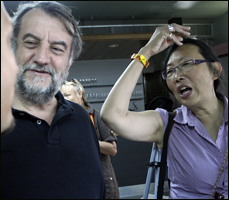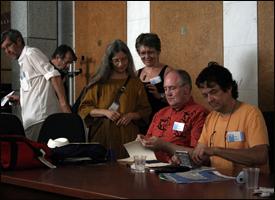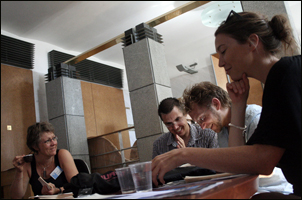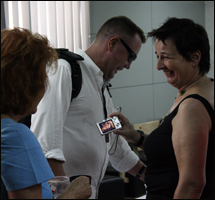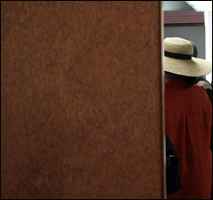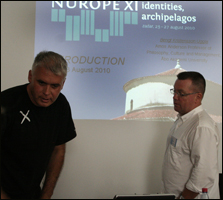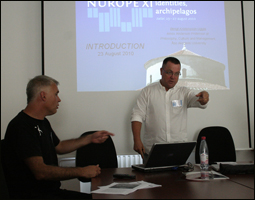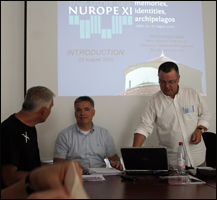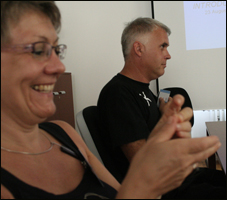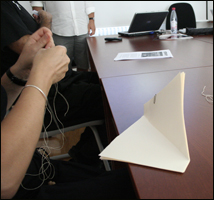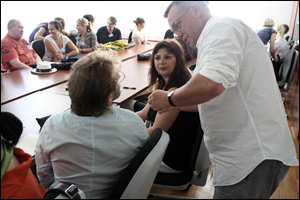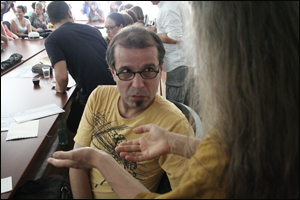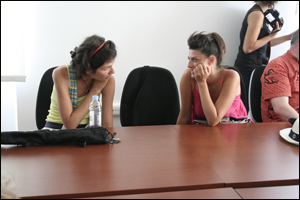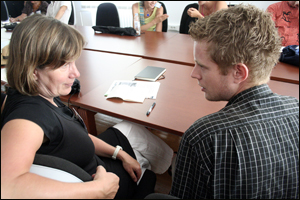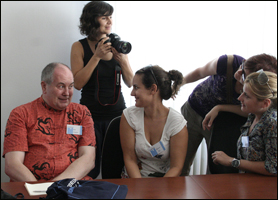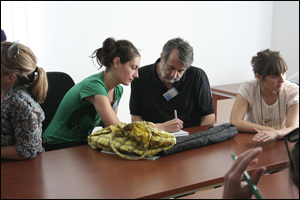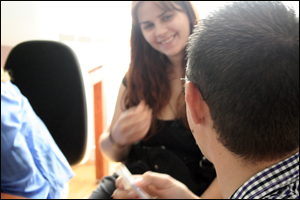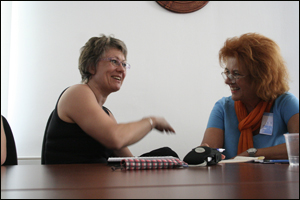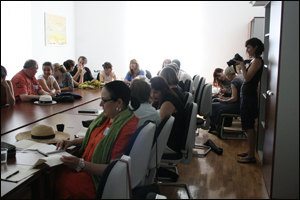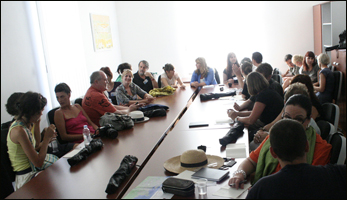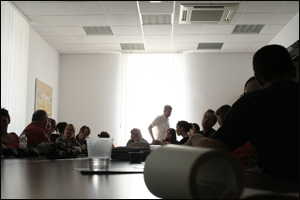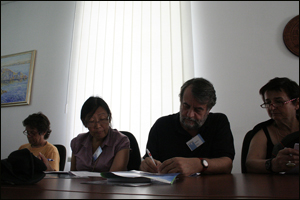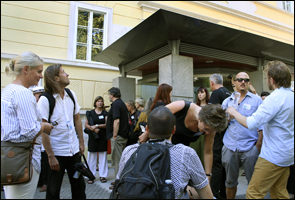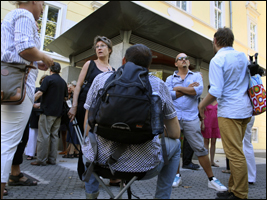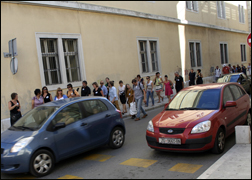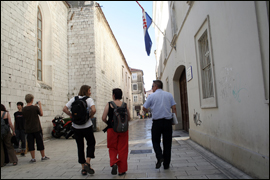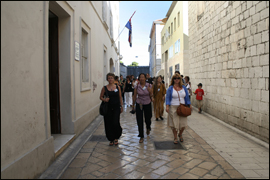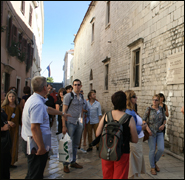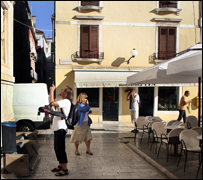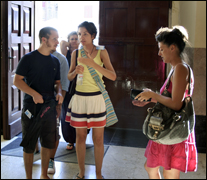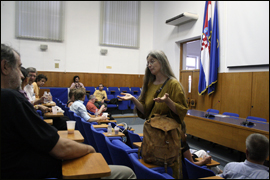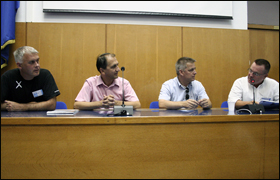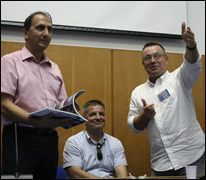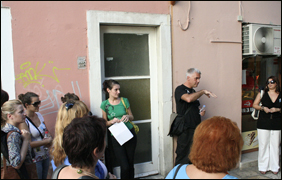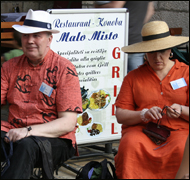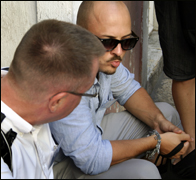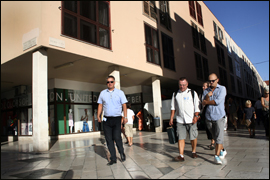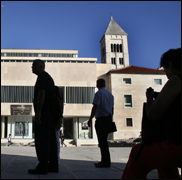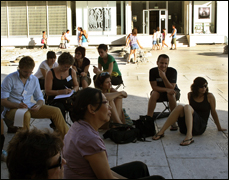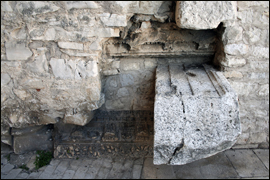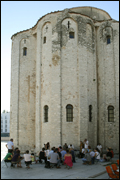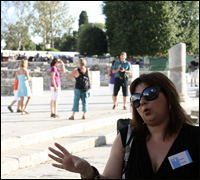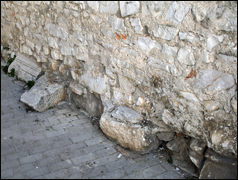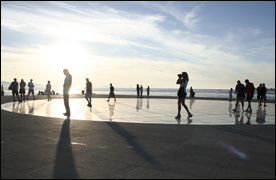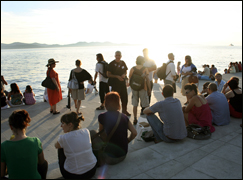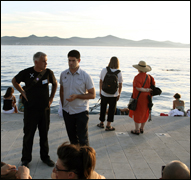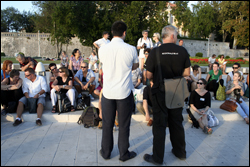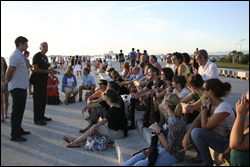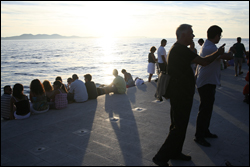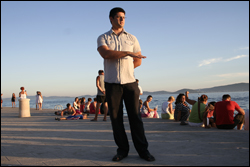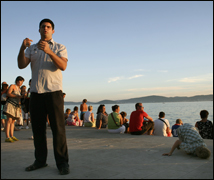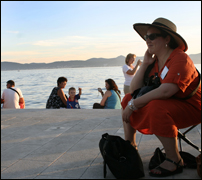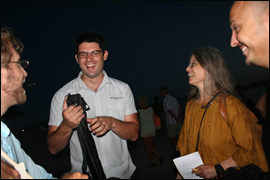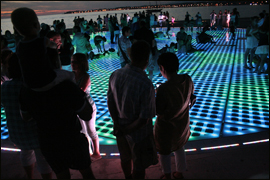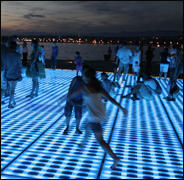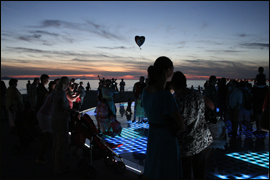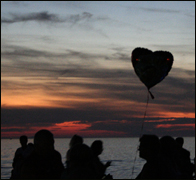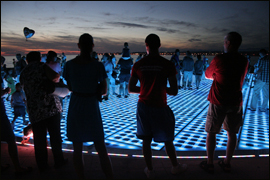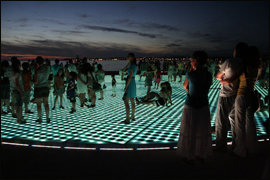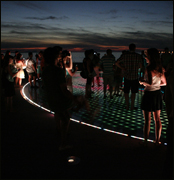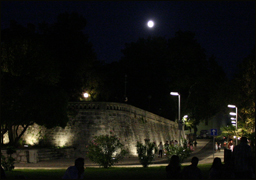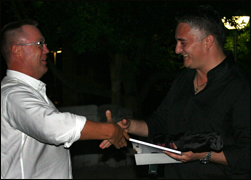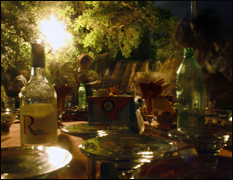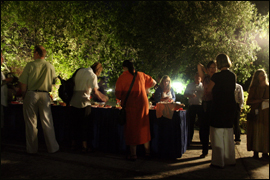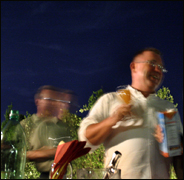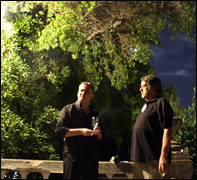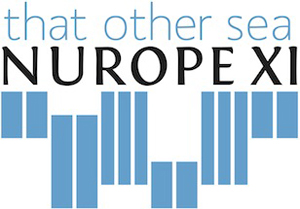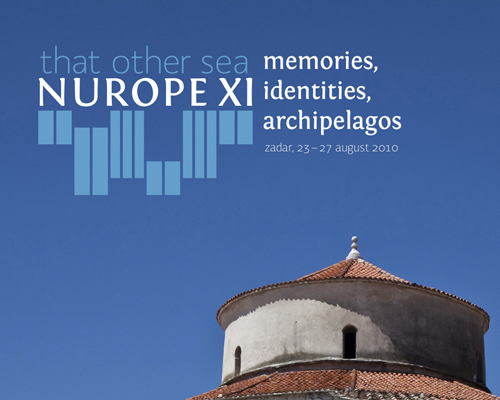
hosted by the University of Zadar,
Department of Teacher and Preschool Teacher Education
The Mediterranean has always been the place of origin and intersection of different civilizations, religions and cultures, and the history of the Mediterranean is the history of conquests, dominations and cultural influences; it reveals the idealistic wars, such as the Crusades, which were fought to gain jurisdiction over the place of Christ's tomb – a place in itself covered in the fog of historic oblivion, because the Romans destroyed the former Jerusalem. That city was reconstructed through the vision of the Byzantine Empress – and much later, the capital city of her own Empire, Constantinople, was conquered and plundered (just like Zadar) by warriors lead by her and other visions...
Its history is also the history of great ports, merchant routes and lighthouses. In modern culture, the Mediterranean is the place where futurist manifest meets the political activism of Kosta Gavras, and the memories of Orhan Pamuk meet with changing identity of Fernando Pessoa. The Mediterranean is the place that is constantly reflected on its own history, denying it, impersonating it blindly or pretending as though it never existed. Just as the ideas of the Mediterranean travel far north, that same Mediterranean reflects itself in architecture, literature and landscape organization in the north. The north constantly returns to the Mediterranean, in one great circle from Greek battles of Lord Byron to James Joyce’s stay in Pula and Trieste.
The town of Zadar is one of the spots in the Mediterranean where the fusion of history and reflection is so strong that it turns the whole town into an infinite forest of symbols and events. As the great Slavko Mikolcevic once wrote “We will only return the old rocks on their previous places and the town will rise again”; Zadar is constantly destroyed, reconstructed, and living the fullness of Mediterranean life.
Modern and traditional, popular and distinguished, just as it fuses the poor stone houses with gothic and classicist palaces in its architectural matrix. In places where once stood medieval stone walls, the Austro-Hungarian urbanism produced a number of buildings just like the ones on the waterfront in Rijeka and Pula. In Second World War most of the buildings were destroyed, and consequently replaced by trees. In 1950s, a white stone house was built in place of a former reading room, encompassing the poetics of Bauhaus through almighty Socio-Realism of that time...
And then, just like in some paradigmatic turn of events, in 2005, an installation named Sea Organs were built by Nikola Bašic, and in 2008 Greeting to the Sun was built nearby. At the very end of the waterfront full of history and importance is the magnificent sunset that occurs in the scenery of the channel and numerous islands. At that very place the sea produces the sound-music of the organs, and the Sun feeds the cells that reflect the vibrating light in the night. Four elements – Water, Air, Fire and Earth fuse and tell us countless stories about the town and the Mediterranean. The stories that just like in the book by Claudio Magris are set in “That other sea”.
The idea of this project was to touch and reveal some of them.
Josip Zanki







p.jpg)

